Remote scorekeeping online darts solves the challenge of accurately tracking scores when players are physically separated, enabling fair and engaging virtual dart matches. This article explores the best tools, techniques, and platforms for seamless online dart scoring, ensuring your virtual games are as competitive and enjoyable as the real thing. You’ll learn about software options, hardware considerations, and strategies for maintaining fair play.
⚠️ Still Using Pen & Paper (or a Chalkboard)?! ⚠️
Step into the future! The Dart Counter App handles all the scoring, suggests checkouts, and tracks your stats automatically. It's easier than you think!
Try the Smart Dart Counter App FREE!Ready for an upgrade? Click above!
The Rise of Remote Scorekeeping in Online Darts
The popularity of online darts has exploded in recent years, connecting players across geographical boundaries. However, replicating the accuracy and fairness of in-person scorekeeping presents unique challenges. Remote scorekeeping has emerged as the solution, utilizing technology to bridge the gap and ensure fair and transparent gameplay. This trend is driven by the increasing accessibility of high-speed internet, affordable webcams, and specialized software solutions.
Traditional methods of scorekeeping, such as manual tracking or relying on player honesty, are often inadequate in an online setting. Remote scorekeeping systems offer real-time monitoring, automated calculations, and dispute resolution mechanisms, enhancing the overall online darts experience.
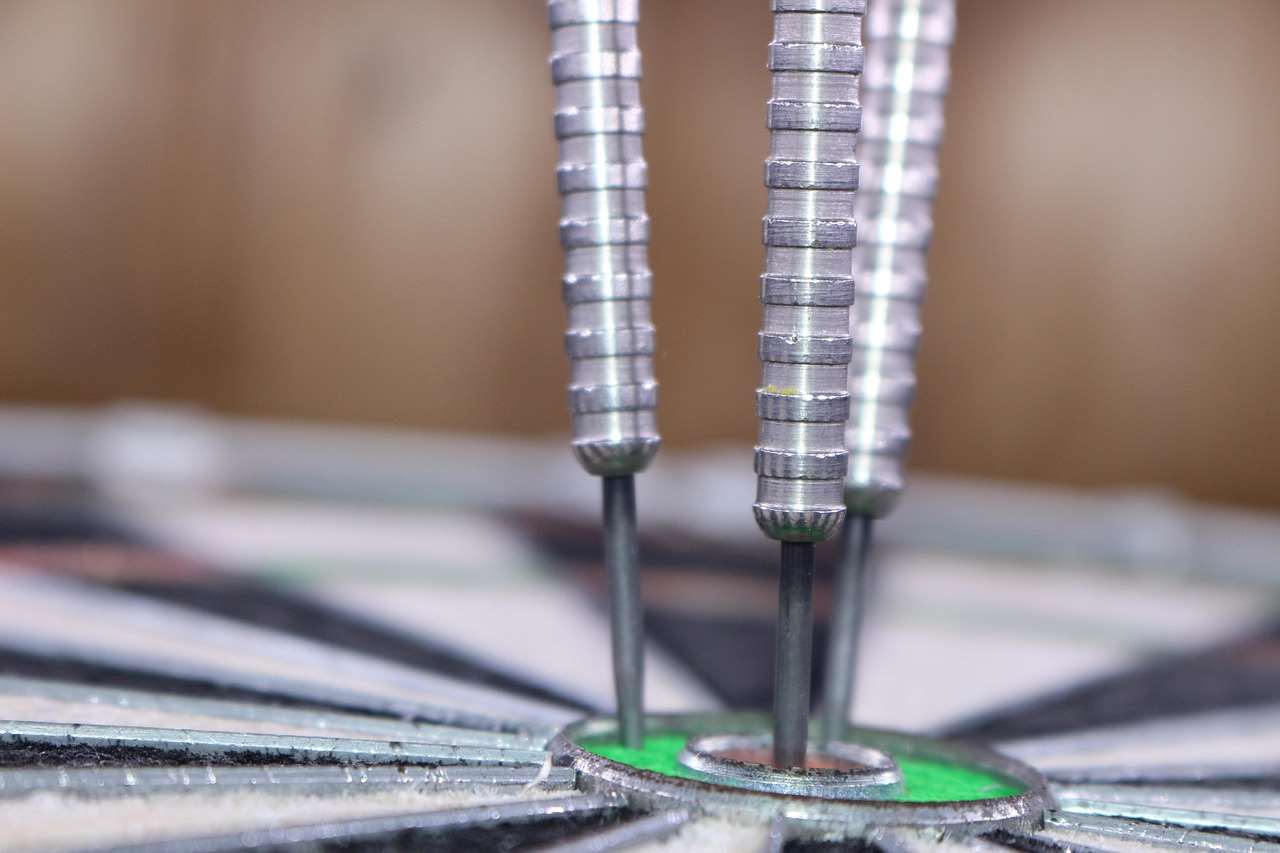
Essential Tools for Remote Scorekeeping Online Darts
To effectively implement remote scorekeeping online darts, you’ll need a combination of hardware and software tools. Here’s a breakdown of the essentials:
- Webcam: A high-quality webcam is crucial for clear visibility of the dartboard. Opt for a webcam with good resolution (at least 720p) and frame rate for smooth video streaming.
- Microphone: Clear audio communication is essential for coordinating with your opponent and discussing any scoring discrepancies.
- Scorekeeping Software: Several dedicated software programs and apps are available for online dart scorekeeping, offering features like automated scoring, player profiles, and game statistics.
- Stable Internet Connection: A reliable internet connection with sufficient bandwidth is vital for uninterrupted video streaming and real-time score updates.
- Dartboard Setup: Ensure your dartboard is well-lit and properly mounted to provide a clear view for both players. Proper setup is crucial; if you’re new to darts, you might want to brush up on the Basic Darts Fundamentals for Beginners.
Choosing the Right Scorekeeping Software
Selecting the appropriate scorekeeping software is essential for a seamless remote darts experience. Consider the following factors when making your choice:
- Ease of Use: The software should be intuitive and user-friendly, allowing players to quickly enter scores and navigate the interface.
- Features: Look for features like automated scoring, game statistics, player profiles, and dispute resolution mechanisms.
- Compatibility: Ensure the software is compatible with your operating system (Windows, macOS, iOS, Android).
- Price: Scorekeeping software ranges from free to premium options. Evaluate your needs and budget to determine the best value.
Popular options include DartConnect, N01, and various mobile apps designed specifically for darts scorekeeping.
Setting Up Your Remote Darts Scoring System
Once you have the necessary tools, it’s time to set up your remote scorekeeping online darts system. Follow these steps:
- Install and Configure Software: Download and install your chosen scorekeeping software. Configure player profiles, dartboard settings, and any other relevant options.
- Position Webcam: Place your webcam in a location that provides a clear and unobstructed view of your dartboard. Ensure the dartboard is well-lit.
- Test Audio and Video: Before starting a game, test your audio and video connection to ensure clear communication with your opponent.
- Establish Rules: Clearly define the rules of the game with your opponent beforehand, including any specific scoring conventions or dispute resolution procedures.
- Start Scoring: Launch the scorekeeping software and begin tracking the scores as the game progresses. Double-check each score with your opponent to minimize errors.
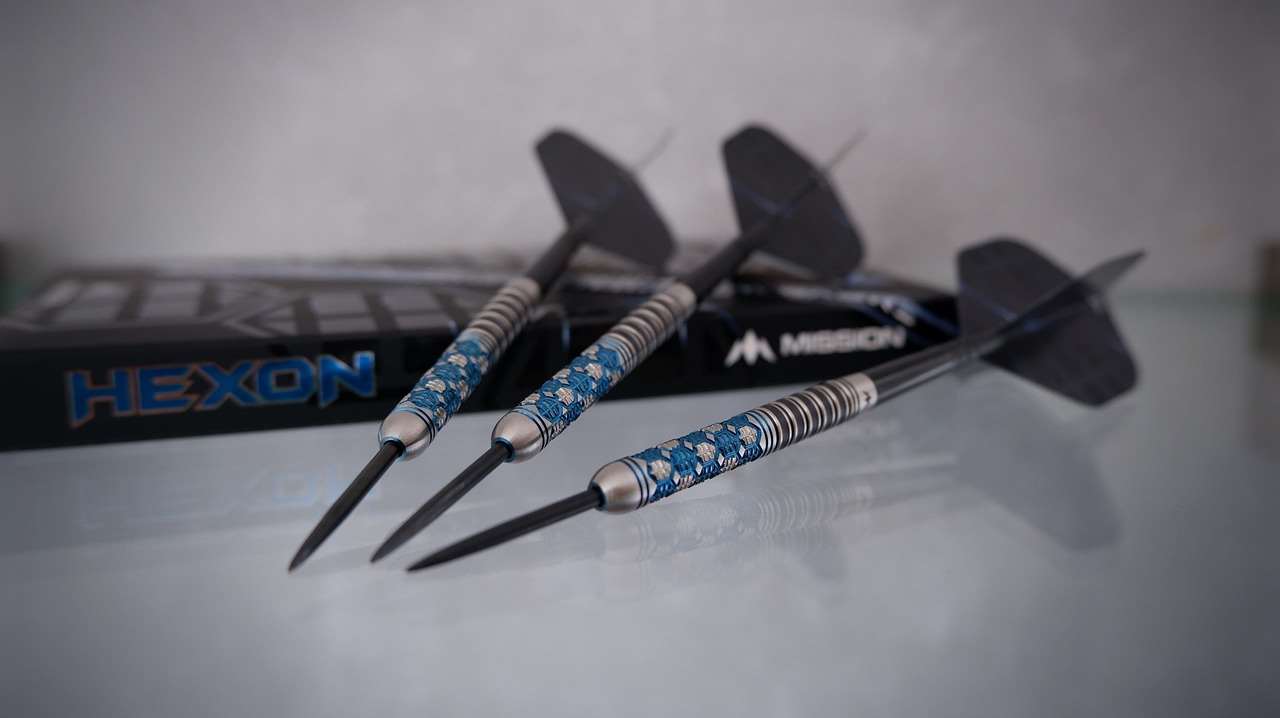
Maintaining Fair Play in Remote Scorekeeping
Ensuring fair play is paramount in remote scorekeeping online darts. Here are some strategies to maintain integrity:
- Clear Communication: Communicate openly and honestly with your opponent throughout the game. Verbally confirm each score before entering it into the software.
- Video Verification: Use your webcam to visually verify the position of the darts on the board, especially in cases of close calls or disputes.
- Third-Party Scorekeeper: Consider using a neutral third-party scorekeeper to oversee the game and resolve any disagreements.
- Record Gameplay: Record your gameplay sessions to provide evidence in case of disputes. This can be helpful for reviewing questionable throws or scoring discrepancies.
- Trust But Verify: While trust is important, always double-check your opponent’s scores and ensure they are accurately reflected in the software.
Addressing Scoring Disputes
Even with the best systems in place, scoring disputes can arise in remote darts matches. Here’s how to handle them effectively:
- Review the Video: If a dispute occurs, review the video footage of the throw to determine the correct score.
- Consult a Third-Party: If the dispute cannot be resolved through video review, consult a neutral third-party scorekeeper or experienced darts player for their opinion.
- Compromise: In some cases, a compromise may be necessary to resolve the dispute fairly.
- Respect the Rules: Ultimately, adhere to the agreed-upon rules of the game and accept the final decision, even if you disagree with it.
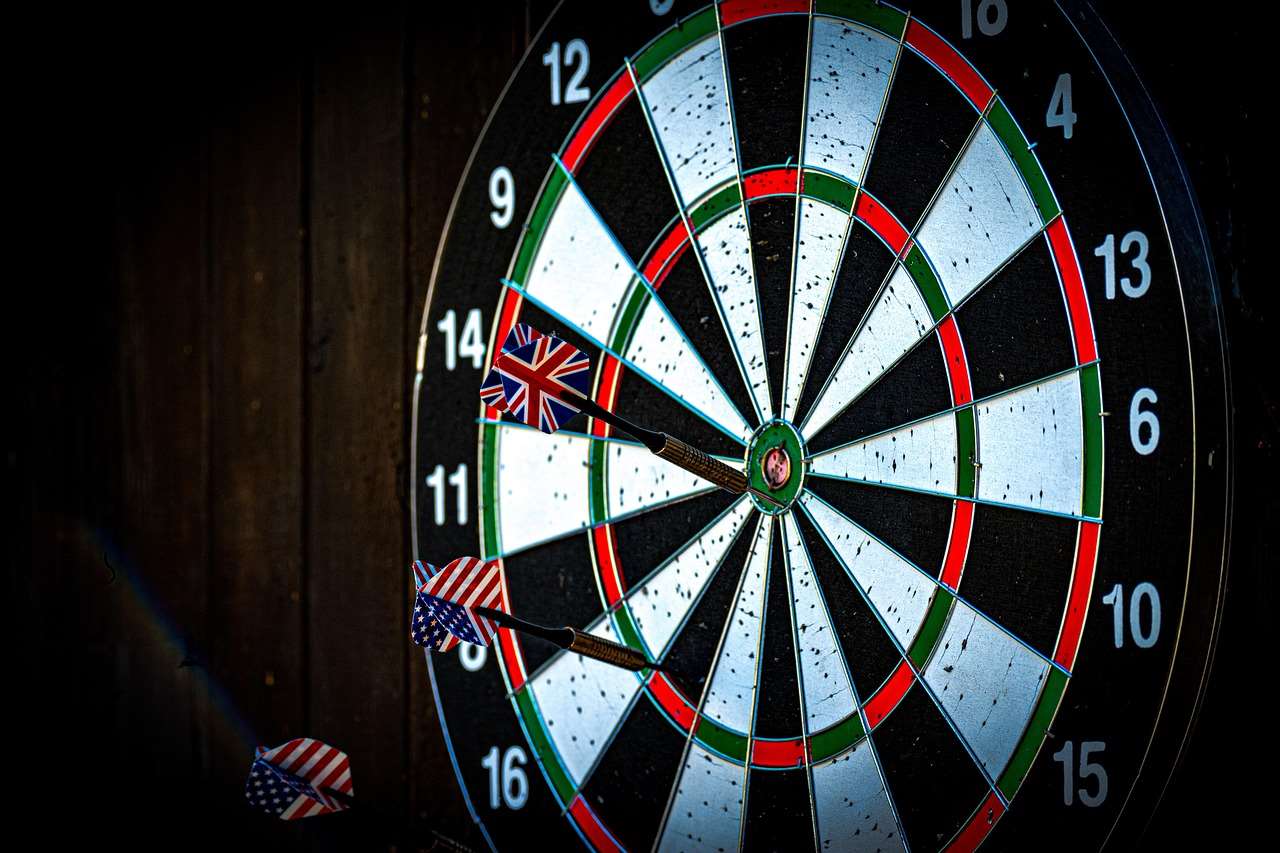
Advanced Techniques for Remote Darts Scorekeeping
Beyond the basics, there are several advanced techniques that can enhance your remote scorekeeping online darts experience:
- Automated Dart Recognition: Some advanced software solutions utilize AI-powered dart recognition to automatically detect and score darts, eliminating the need for manual input.
- Real-Time Scoreboards: Integrate real-time scoreboards into your streaming setup to provide viewers with a clear and engaging display of the game’s progress.
- Data Analytics: Utilize data analytics tools to track your performance, identify areas for improvement, and gain insights into your opponent’s gameplay.
Leveraging Streaming Platforms for Online Darts
Streaming platforms like Twitch and YouTube Live offer excellent opportunities to showcase your remote darts matches and engage with a wider audience. Consider the following tips for successful streaming:
- High-Quality Video and Audio: Invest in a good webcam and microphone to ensure clear video and audio for your viewers.
- Engaging Commentary: Provide informative and entertaining commentary to keep your audience engaged.
- Interactive Features: Utilize interactive features like chat, polls, and Q&A sessions to interact with your viewers in real-time.
- Promote Your Stream: Promote your stream on social media and other online platforms to attract a larger audience.
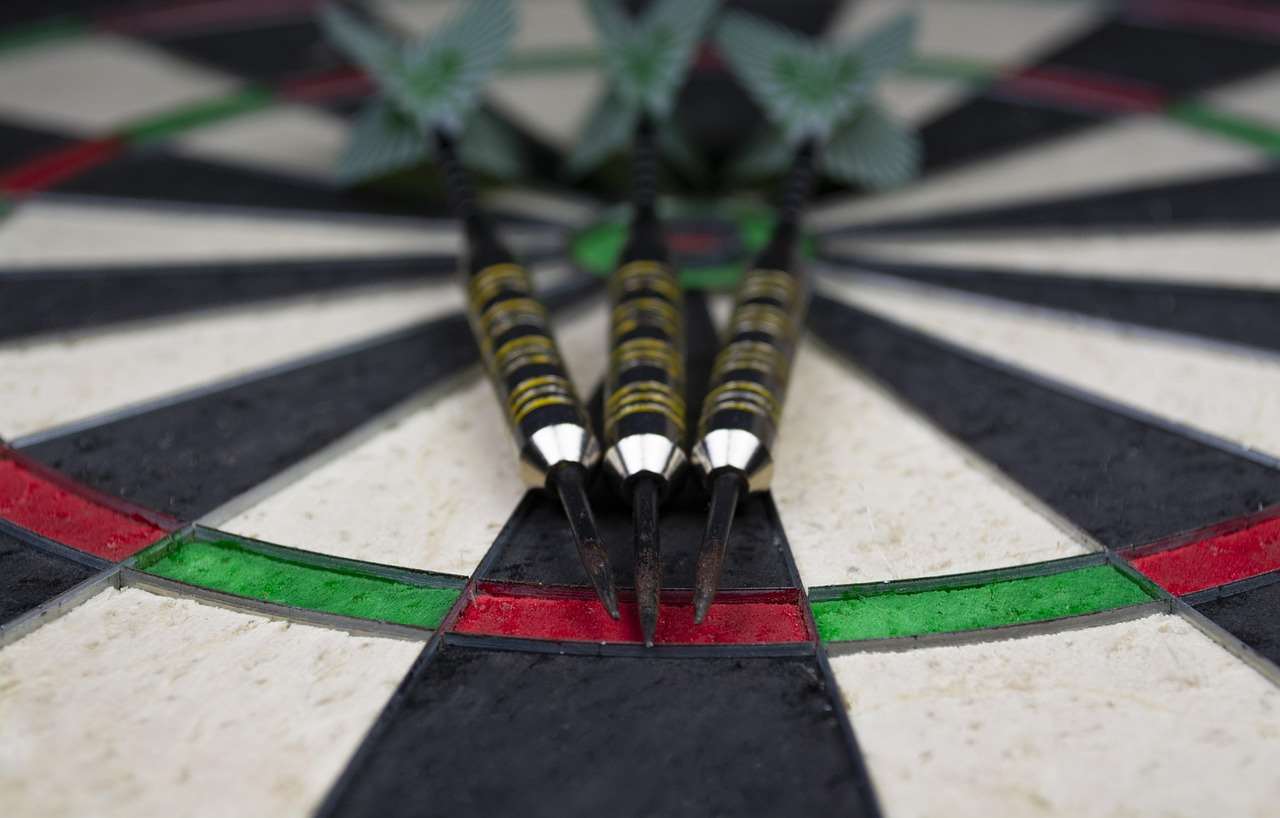
The Future of Remote Scorekeeping Online Darts
The future of remote scorekeeping online darts looks bright, with continued advancements in technology promising even more immersive and accurate gameplay experiences. We can expect to see further integration of AI, virtual reality, and augmented reality technologies to enhance the realism and interactivity of online darts matches.
As online darts continues to grow in popularity, remote scorekeeping will play an increasingly vital role in ensuring fair play, promoting competition, and connecting players from around the world. The ability to ensure fair play can sometimes depend on How to make darts fairer with handicap rules, and this becomes even more important in the online realm.
Related Keywords and Their Importance
Understanding the related keywords surrounding Remote scorekeeping online darts can help you optimize your online presence and reach a wider audience. Here are a few examples:
- Online Dartboard: Refers to the virtual platform or software used to play darts remotely.
- Virtual Darts League: An organized competition played online using remote scorekeeping methods.
- DartConnect: A popular platform for managing and scoring darts games, both in-person and remotely.
- Webcam Darts: Highlights the use of webcams to facilitate remote darts play and score verification.
- Remote Darts Tournament: A darts tournament conducted online using remote scorekeeping.
- Digital Dartboard Scoring: Emphasizes the use of digital tools for accurate and efficient scorekeeping.
Using these keywords strategically in your content can improve its search engine ranking and attract more players to your online darts community. You might also want to explore Fun dart game variations with modified rules to increase enjoyment of your online play.
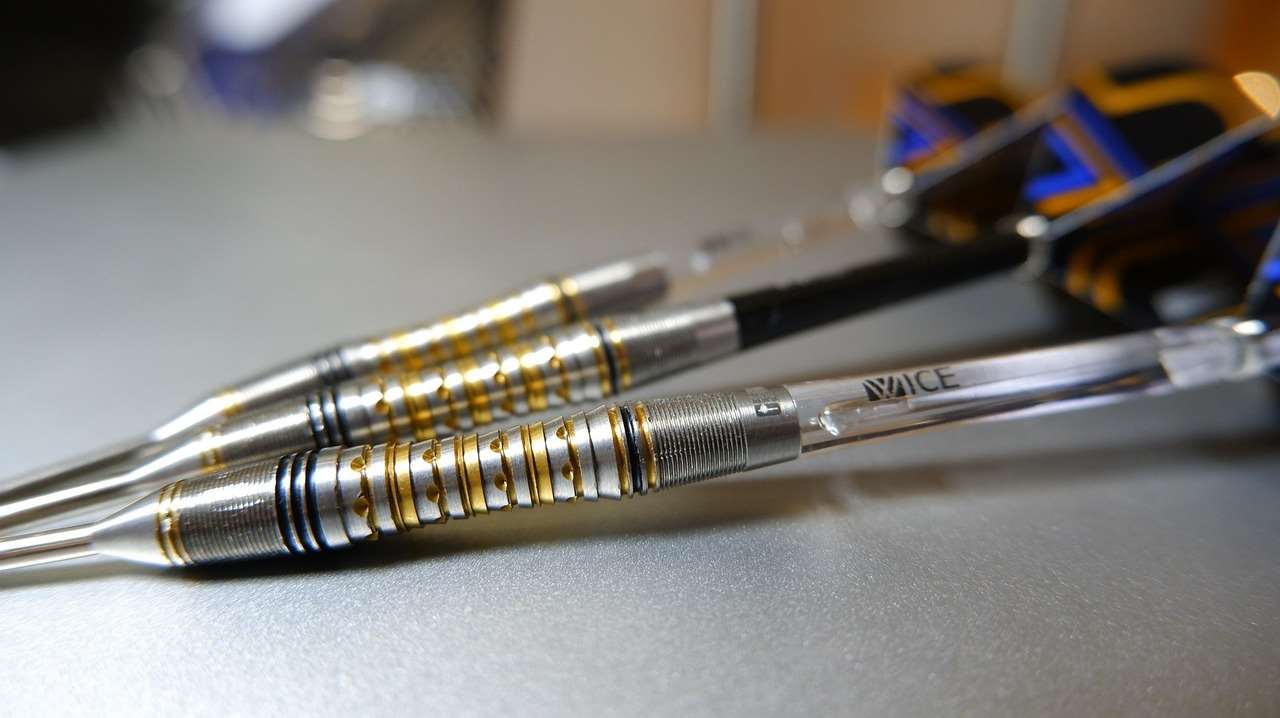
Conclusion
Remote scorekeeping online darts is revolutionizing the way players connect and compete, overcoming geographical limitations and ensuring fair and accurate gameplay. By utilizing the right tools, implementing effective strategies, and embracing advancements in technology, you can create a seamless and enjoyable online darts experience. Embrace the future of darts and join the growing community of players enjoying the thrill of remote competition. Ready to elevate your online darts game? Explore the software and hardware options discussed, set up your system, and start playing! Good luck, and may your darts fly true!
Hi, I’m Dieter, and I created Dartcounter (Dartcounterapp.com). My motivation wasn’t being a darts expert – quite the opposite! When I first started playing, I loved the game but found keeping accurate scores and tracking stats difficult and distracting.
I figured I couldn’t be the only one struggling with this. So, I decided to build a solution: an easy-to-use application that everyone, no matter their experience level, could use to manage scoring effortlessly.
My goal for Dartcounter was simple: let the app handle the numbers – the scoring, the averages, the stats, even checkout suggestions – so players could focus purely on their throw and enjoying the game. It began as a way to solve my own beginner’s problem, and I’m thrilled it has grown into a helpful tool for the wider darts community.